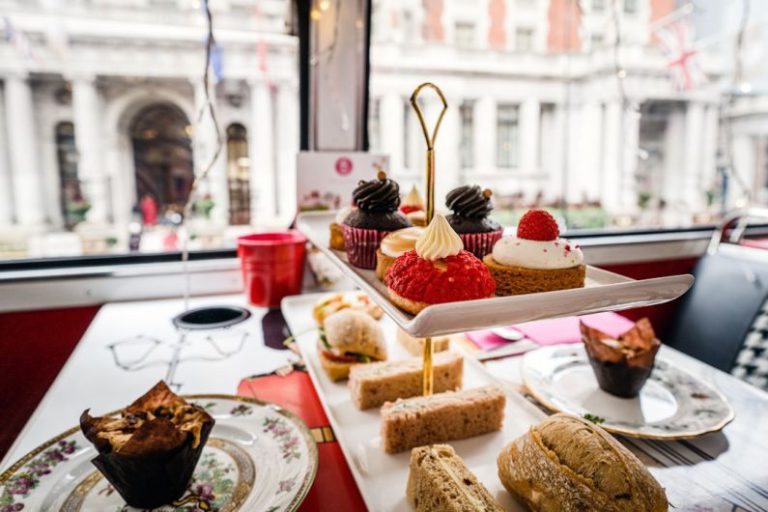The Aesthetics of Japanese Tea Gardens
Nestled amidst the hustle and bustle of modern urban life, Japanese tea gardens provide a serene sanctuary that transports visitors to a world of tranquility and beauty. These meticulously designed spaces, known for their harmonious blend of nature and art, offer a sensory experience that engages all aspects of the human spirit. From the carefully raked gravel to the meticulously pruned bonsai trees, every element in a Japanese tea garden serves a purpose, contributing to the overall aesthetic and philosophical essence of the space.
**The Essence of Wabi-Sabi**
At the heart of Japanese tea gardens lies the concept of wabi-sabi, a philosophy that embraces imperfection, transience, and the beauty of simplicity. This aesthetic principle, rooted in Zen Buddhism, emphasizes the appreciation of the natural world in its unadorned state. In a Japanese tea garden, one can observe the manifestation of wabi-sabi in the weathered stone lanterns, moss-covered pathways, and asymmetrical arrangement of rocks and plants. These elements reflect the passage of time and the impermanence of all things, inviting visitors to contemplate the ephemeral nature of existence.
**Harmony and Balance**
Central to the design of Japanese tea gardens is the notion of harmony and balance. Every stone, plant, and water feature is carefully placed to create a sense of equilibrium and unity within the space. The arrangement of elements follows a deliberate rhythm guided by the principles of feng shui, ensuring that the garden exudes a sense of peace and tranquility. The interplay of light and shadow, the rustling of bamboo leaves in the wind, and the gentle flow of water in a traditional tsukubai all contribute to the overall harmony of the garden, engaging the senses and fostering a deep connection with nature.
**Symbolism and Meaning**
Japanese tea gardens are rich in symbolism, with each element carrying a specific meaning and significance. The stone lanterns, for example, symbolize enlightenment and the path to spiritual awakening, while the tsukubai represents purification and mindfulness. Bamboo fences and gates serve as boundaries between the sacred and the profane, guiding visitors on a journey of self-discovery and introspection. Every stone, plant, and architectural feature in a Japanese tea garden is imbued with symbolism, inviting contemplation and reflection on the deeper mysteries of life.
**Seasonal Beauty**
One of the most captivating aspects of Japanese tea gardens is their ever-changing beauty throughout the seasons. From the delicate cherry blossoms of spring to the fiery hues of maple leaves in autumn, each season brings a unique palette of colors and textures to the garden. The careful selection of plants and trees ensures that the garden remains visually appealing year-round, with each season offering new opportunities for contemplation and appreciation of nature’s cyclical rhythms.
**The Art of Tea Ceremony**
The Japanese tea garden is not merely a static landscape but a dynamic space that serves as a backdrop for the ancient art of tea ceremony. Rooted in Zen philosophy, the tea ceremony is a ritualistic practice that emphasizes mindfulness, simplicity, and connection with others. The design of the tea garden plays a crucial role in setting the stage for this ceremonial tradition, with every step along the garden path leading participants on a symbolic journey of purification and enlightenment. The artful arrangement of teahouse, stone basin, and garden elements creates a seamless flow of movement and energy, enhancing the overall experience of the tea ceremony.
**In Conclusion: A Sanctuary for the Soul**
Japanese tea gardens hold a special place in the hearts of those who seek solace and inspiration amidst the chaos of modern life. These meticulously crafted spaces offer a refuge for the soul, inviting visitors to slow down, breathe deeply, and reconnect with the natural world. Through their harmonious blend of nature, art, and philosophy, Japanese tea gardens provide a timeless reminder of the beauty and impermanence of life, urging us to embrace the present moment and find peace in the simplicity of being.






